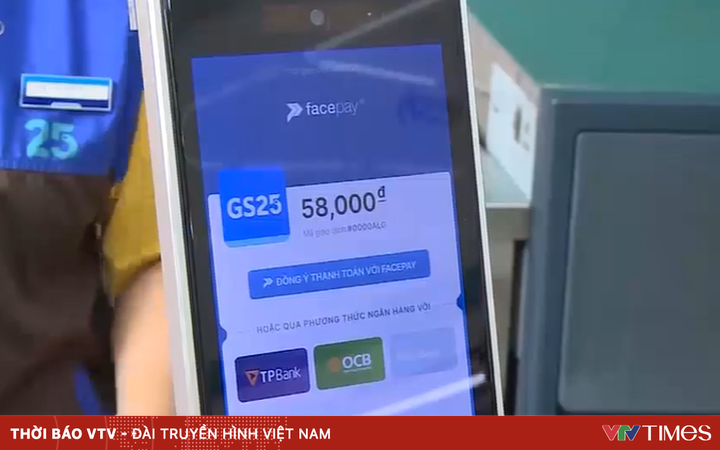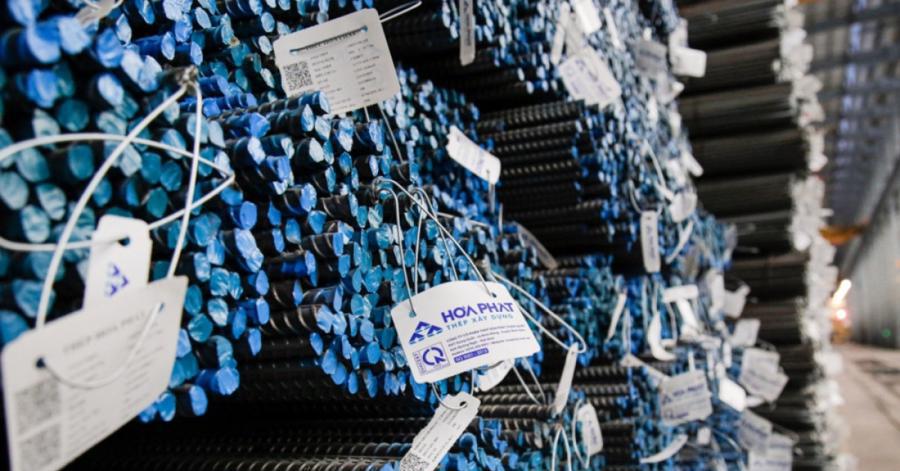The week “climbed” by 4-5%, waiting for another spike?
Gasoline prices today 8/5: Week “sloping” by 4-5%
Oil prices started the trading week in the red due to concerns about the prospect of falling demand along with the possibility of interest rate hikes by the US Federal Reserve (Fed).
However, oil prices then quickly reversed course on concerns that supply could be constrained by the European Union’s (EU) ban on Russian crude.
But the recovery of oil prices did not last long, the fear of falling demand stemming from China’s prolonged blockade measures to contain Covid-19 “overwhelmed” the prospect of a European embargo. for Russian crude, pushing oil prices down more than 2%.
But in the trading session on May 4, oil prices increased to more than 5 USD when the EU proposed a plan to phase out the import of Russian oil gradually. Brent crude oil futures price surpassed 110 USD/barrel, WTI crude oil touched 107.81 USD/barrel.
The fear of supply shortage continued to haunt the price of oil, pushing the price of this commodity up steeply in the last trading sessions of the week.
Closing the session of the week, Brent oil price stood at 112.4 USD/barrel, WTI crude oil price was 109.8 USD/barrel. For the whole week, Brent oil price increased by nearly 4% and WTI oil price increased by about 5%.

Gasoline prices today 8/5: Week “sloping” by 4-5%.
After a long period of “stuck” in a sideways trend, the oil market seems ready to break out and return to the upside, especially since the European Union EU has discussed the ban on oil imports. from Russia and the results of the meeting to raise interest rates of the US Federal Reserve (Fed) were clear.
Concern about supply shortage is the biggest factor causing WTI world oil price to increase continuously for 5 months. However, since Russia began attacking Ukraine on February 24, the actual supply forecasts in the market have diverged greatly, with estimates of the decline in Russian oil supply ranging from 1 up to 3 million barrels per day.
On the one hand, Russia’s oil exports by sea in April were still higher than at the beginning of the year, especially as Russia is boosting sales to Asian customers such as India and China. These countries are benefiting from the price of Russian oil, which is being sold at a discount of about 30 USD/barrel compared to the benchmark Brent oil price.
Recently, Indian refineries are negotiating a six-month contract to import millions more barrels of oil from Russia. National oil company Indian Oil Corp is said to be offering to import 6 million barrels of oil a month, plus the right to buy another 3 million barrels. This somewhat eases the pressure on Russia even though they risk losing important customers.
According to the announcement of the President of the European Commission, the EU is proposing a ban on oil imports from Russia, including oil transported through pipelines and tankers, crude oil and refined products.
This ban is expected to be established in the sixth package of sanctions, aimed at cutting off Russia’s income, more than 10 weeks since Russia launched a military operation in Ukraine. The ban is expected to reduce Russia’s main source of income from energy, after the EU instituted a ban on coal imports last month.
Currently, about 2.4 million barrels of oil per day from Russia is still being shipped to Europe. Although according to the plan, Europe will have at least 6 months to prepare, but cutting off the supplier of 40% of the annual oil will certainly create a large shortage for the members of the bloc. Hungary has said it may have to open up its oil reserves or increase purchases on the international market to replace Russian oil.
According to estimates by research firm Kpler, since energy companies implemented a “self-embargo” of oil from Russia, Russia’s oil production has decreased by about 1 million barrels per day. The official ban, once approved, is likely to reduce Russia’s oil production by another 1 million bpd, bringing the total shortfall to 2 million bpd.
The US Federal Reserve’s May policy meeting ended with the first 50-basis-point increase in interest rates since 2000. This is considered the most drastic action ever. by Fed Chairman Jerome Powell to control inflation, which is now at a 40-year high.
The Fed meeting ended without much surprise, with a 50 basis point rate hike in line with market expectations. In addition, the remarks of Fed Chairman Jerome Powell showed that the US central bank is not inclined to raise interest rates by 75 basis points at the next meetings. This reduces concerns about the Fed being too aggressive in tightening the money supply. Investors gradually reduced their cash holdings and caused capital flows to shift back to financial markets.
Besides, on the issue of tightening the balance sheet, which is currently at a record level of nearly $9 trillion, the Fed decided to cut its bond holdings worth $47.5 billion from June to June. September, then gradually increased to 95 billion USD per month. Thus, with the current expected progress, the money supply of the market will decrease by about 500 billion USD, lower than some forecasts of nearly 1 trillion USD in the market before.
Thus, with the unknowns in the financial market in general and the oil market in particular being partly clarified, oil prices are likely to get out of the sideways zone and soon establish a new uptrend.
Petrol price today 8/5: The retail price of gasoline in the country on May 8 is as follows: E5 RON 92 gasoline does not exceed 27,468 VND/liter; gasoline RON 95 not more than 28,434 VND/liter; diesel oil not exceeding 25,530 VND/liter; kerosene oil is not more than 23,828 VND/liter and fuel oil is not more than 21,560 VND/kg.
The above-mentioned petrol and oil prices were adjusted at the May 4 afternoon price adjustment period of the inter-Ministry of Finance – Industry and Trade with the petrol price being adjusted to increase by about 300-400 VND/liter; Oil price increases around 200 VND/liter or stays the same.
at Blogtuan.info – Source: danviet.vn – Read the original article here



